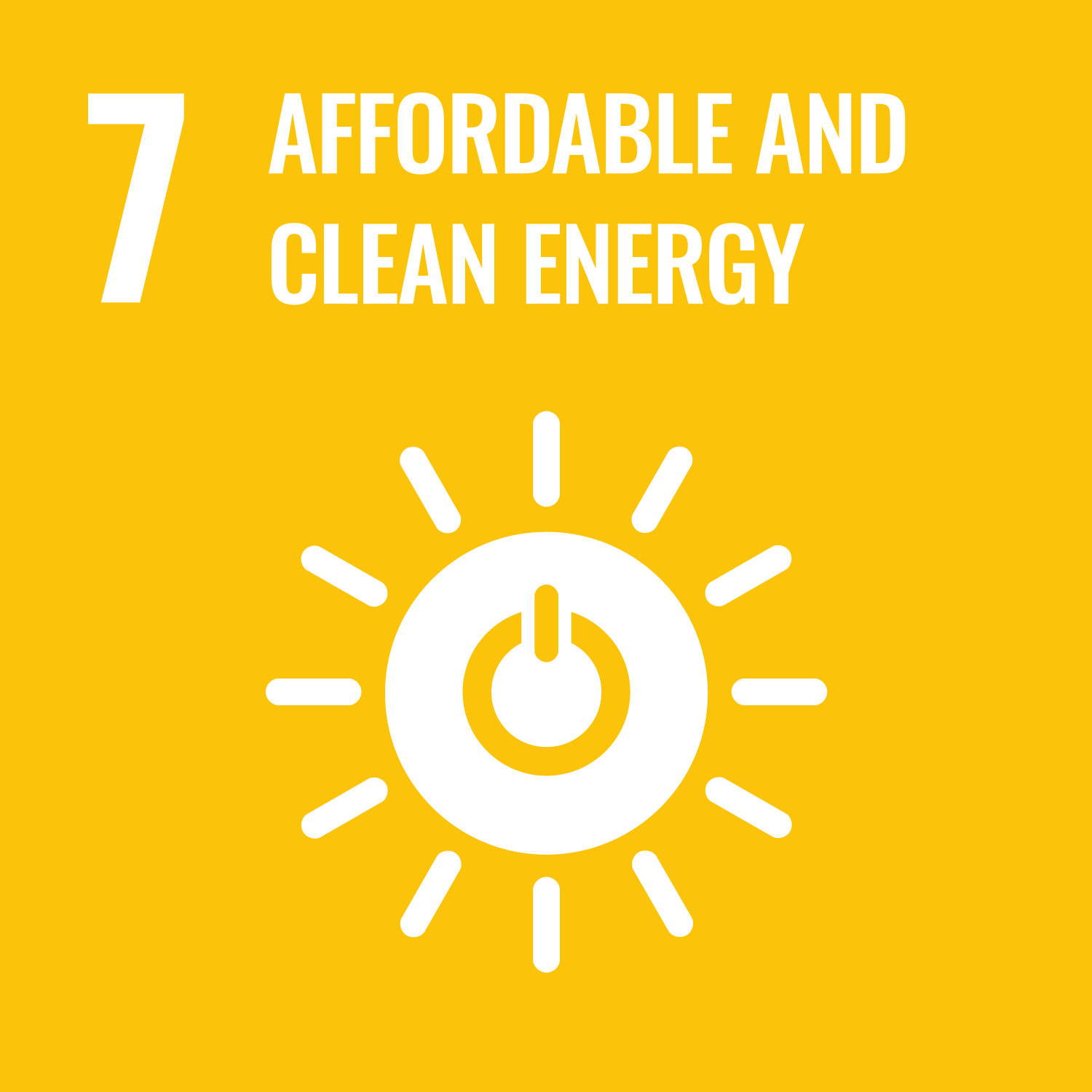ORCID
- Richard Handy: 0000-0002-4458-1279
Abstract
Lead halide perovskites are promising semiconducting materials for solar energy harvesting. However, the presence of heavy-metal lead ions is problematic when considering potential harmful leakage into the environment from broken cells and also from a public acceptance point of view. Moreover, strict legislation on the use of lead around the world has driven innovation in the development of strategies for recycling end-of-life products by means of environmentally friendly and cost-effective routes. Lead immobilization is a strategy to transform water-soluble lead ions into insoluble, nonbioavailable and nontransportable forms over large pH and temperature ranges and to suppress lead leakage if the devices are damaged. An ideal methodology should ensure sufficient lead-chelating capability without substantially influencing the device performance, production cost and recycling. Here we analyse chemical approaches to immobilize Pb2+ from perovskite solar cells, such as grain isolation, lead complexation, structure integration and adsorption of leaked lead, based on their feasibility to suppress lead leakage to a minimal level. We highlight the need for a standard lead-leakage test and related mathematical model to be established for the reliable evaluation of the potential environmental risk of perovskite optoelectronics.
DOI Link
Publication Date
2023-05-25
Publication Title
Nature
Volume
617
Issue
7962
ISSN
0028-0836
Acceptance Date
2023-03-10
Deposit Date
2023-08-08
Embargo Period
2023-11-24
First Page
687
Last Page
695
Recommended Citation
Zhang, H., Lee, J., Nasti, G., Handy, R., Abate, A., Grätzel, M., & Park, N. (2023) 'Lead immobilization for environmentally sustainable perovskite solar cells', Nature, 617(7962), pp. 687-695. Available at: 10.1038/s41586-023-05938-4


